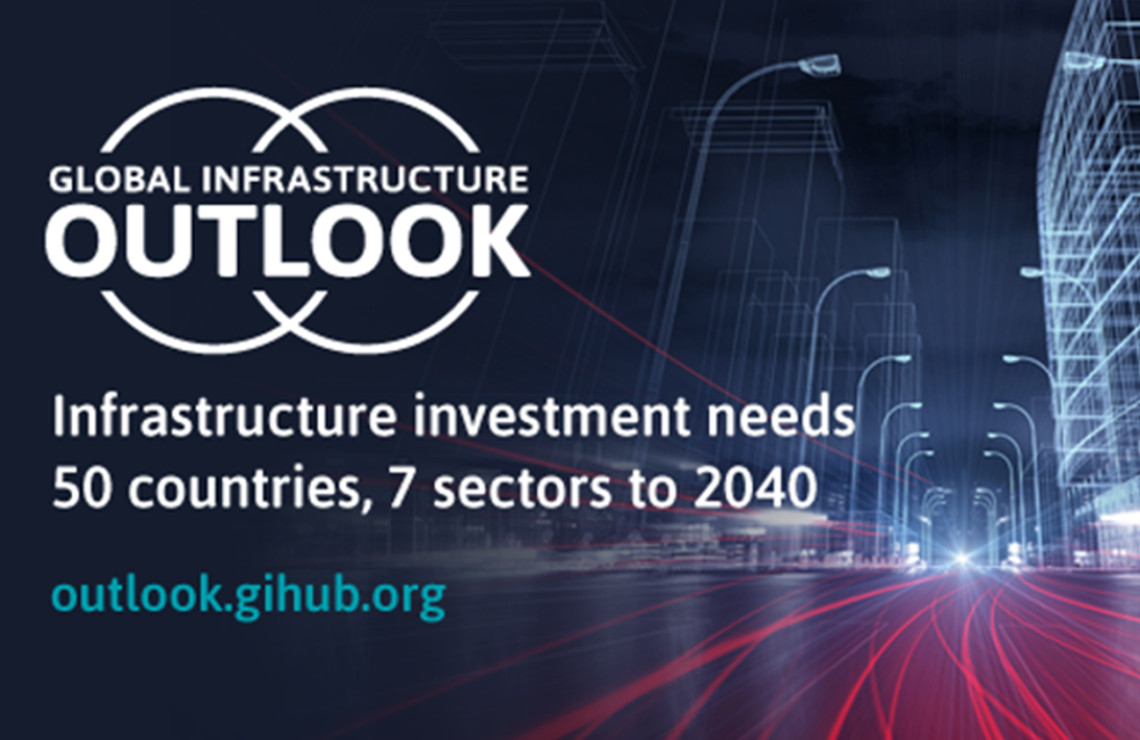916 results found
Featured results



More results

Marsh & McLennan Companies Asia Pacific Risk Center estimates that between 55-65 percent of projects in Asia are not bankable without support from government or multilateral development banks.


The World Bank undertook a comprehensive assessment of South Asia’s container ports to support South Asian governments and stakeholders in the sector. It sought to understand the links between performance and its drivers and costs and to identify whether and how performance might be improved. The study proposes an approach for improvement based on regional and global experience.

InfraCompass is an interactive tool that looks at the infrastructure capabilities of 49 countries.
World leaders gathering at the UN General Assembly in September 2015 adopted a much-heralded new set of development goals with the worthy aims of lifting communities across the globe out of poverty and improving lives, but 18 months later, new research from the Global Infrastructure Hub has revealed that on current investment trends we will fail, by a wide margin, to meet the electricity and water goals by 2030.
This Railway Reform Toolkit aims to provide aneasy-to-use resource on the rail industry —what it is and what it does best— and to provide an experience-based set of best practices to aid inthe planning and execution of railway reforms.

Benchmarking Public Procurement provides comparable data on regulatory environments that affect the ability of private companies to do business with governments in 180 economies.

This paper examines the evolution of infrastructure and the impact of infrastructure investment and public finance shocks on key development indicators and growth performance in the context of middle income countries.

The latest interactive tool from Global Infrastructure Hub forecasts the infrastructure spend need and gap in 50 countries across 7 sectors.

Public-Private Partnerships (PPPs) are now being used in many countries to develop infrastructure projects.


The GI Hub is today launching its new report, Global Infrastructure Outlook, an analysis with Oxford Economics of infrastructure investment needs across 50 countries and 7 sectors to 2040.

The Infrastructure Investment Policy Blueprint offers a practical set of recommendations for governments on attracting private capital for infrastructure projects while creating clear social and economic value for their citizens.



This report primarily focuses on the lessons of International Finance Institutions experience in three areas.


This paper investigates the emerging global landscape for public-private co-investments in infrastructure.


This report gives an overview of the main types of government and market based instruments and incentives able to boost the mobilisation of financial resources to long-term investment.



This paper takes stock of existing indicators and points to recurrent issues affecting the mobilisation of greater investment in infrastructure.






 InfraCompass
InfraCompass









